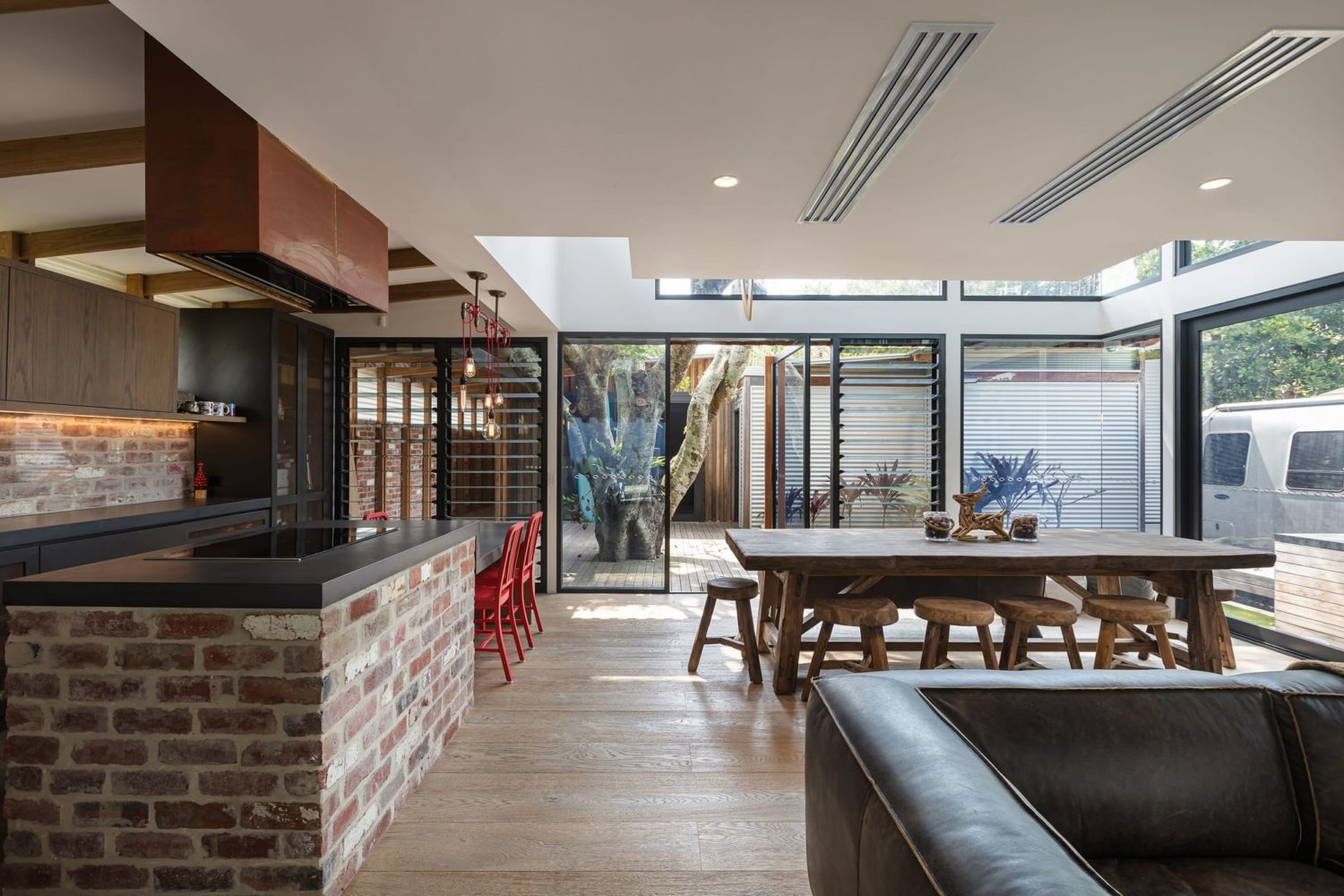The Life of Frank Lloyd Wright
Today we take a look at the life and work highlights from one of the worlds most influential artists. Frank Lloyd Wright is an iconic and widely known architect among the architecture industry. He has contributed and guided the direction of the profession and left us with structures we can admire and learn from even in today’s day and age.
EARLY LIFE:
Frank was born to William Wright and Anna Lloyd Jones, a preacher and a teacher. While his birth town was Richland Centre, Wisconsin, due to his fathers profession the family travelled quite often, living between Rhone Island, Iowa and Massachusetts. Also due to his parents professions, the family did not have financial stability.
In 1885 following the divorce of his parents, Frank began working for the dean of the University of Wisconsins engineering department in order to assist the household’s financial situation. While he would of learnt a lot during this role, it is said that he was already aware that he wanted to become an architect.
Following this position, Frank travelled to Chicago where he worked at a couple of firms before landing a role at Adler and Sullivan. It is here that he worked directly under Louis Sullivan in a stint that lasted six years. It is through this that he and his bride Catherine Lee Tobin were able to build their own home together. After settling on a five year contract with the firm, Frank and Catherine purchased a lot in Oak Park and built an East Coast Shingle Style residence with a gable roof.
This structure showcases his skills and his love of experimenting with geometric shapes and his love for the home continued as he added to it as they added to their growing family of six children.
COMING INTO HIS OWN:
After going out on his own (and causing a rift that lasted twenty years) Frank opened his own office and began to design homes for his own clientele. With his very first commission being the William H. Winslow House, he started gaining a reputation with the local population. He became known for his low-pitched roofs, deep overhangs and long horizontal shapes, with the aim to create the new standard for American architecture.
Some of the most iconic buildings he completed during the next few years include the following:
- The Darwin D. Martin House, Buffalo, New York, 1903
- The Avery Clooney House, Riverside, Illinois, 1907
- The Frederick C. Robie House, Chicago, 1908
- The Larkin Company Administration Building, Buffalo, New York, 1903
- The Unity Temple in Oak Park, 1905
After a break in Europe from 1909, Frank returned with his new wife to start back up his architectural practice. He received commissions that took him over seas to Tokyo, where he worked on the Imperial Hotel. Following the death of his second wife, he worked on a number of projects in Los Angeles including the Hollyhock House and Olive Hill.
For a decade after this time of rejuvenation, Frank experienced a creative and financial downfall. While he still worked on commissions here and there, his home ‘was repossessed by the bank. He was eventually shielded from any further financial loss when some admirers set up a corporation which owned his properties, talents and even debts.
From 1929 Frank took up lecturing in Chicago, New York and New Jersey due to the market crash which halted all architectural works in America.
When the economy improved Frank was commissioned to create a weekend home near Pittsburgh. This commission would come to be known as ‘Fallingwater’ and would be one of his most recognisable pieces of work. This, along with his next commission the admin centre for S.C Johnston would be the reason for the influx of commissions of all types and sizes. The biggest would be the Guggenheim Museum in New York City and the Marin Count government centre in San Francisco.
Frank died on April 9 1959 due to complications from an operation. His legacy however, lives on till this day.



